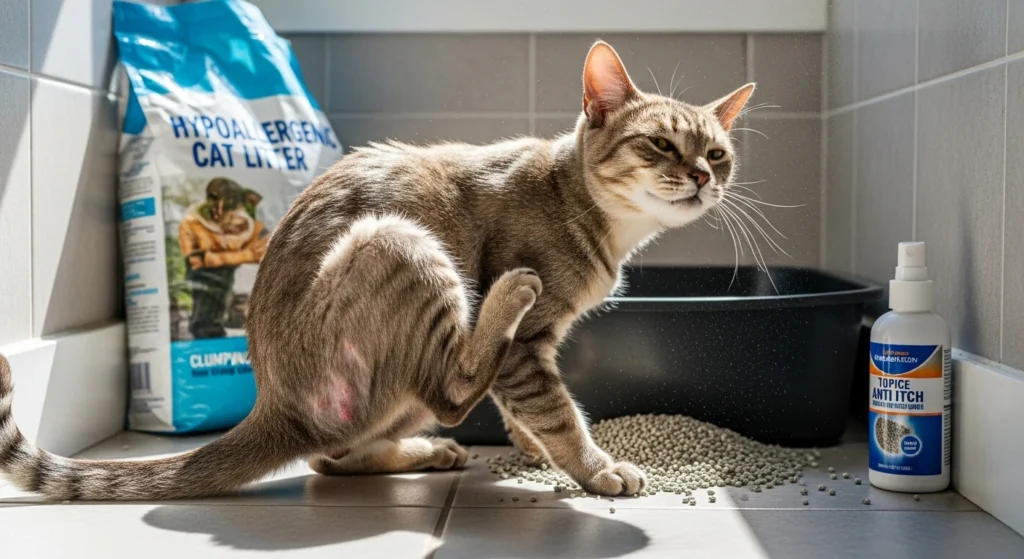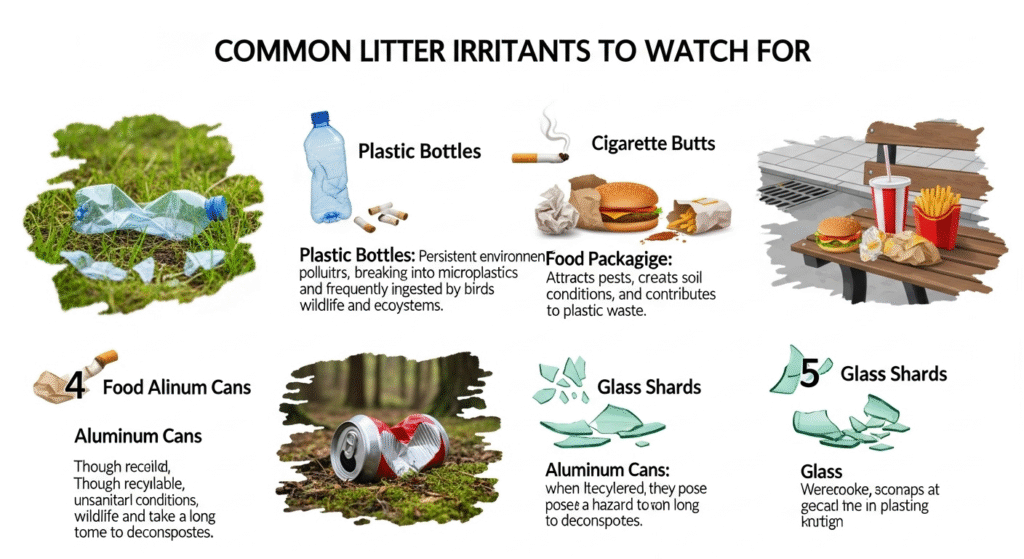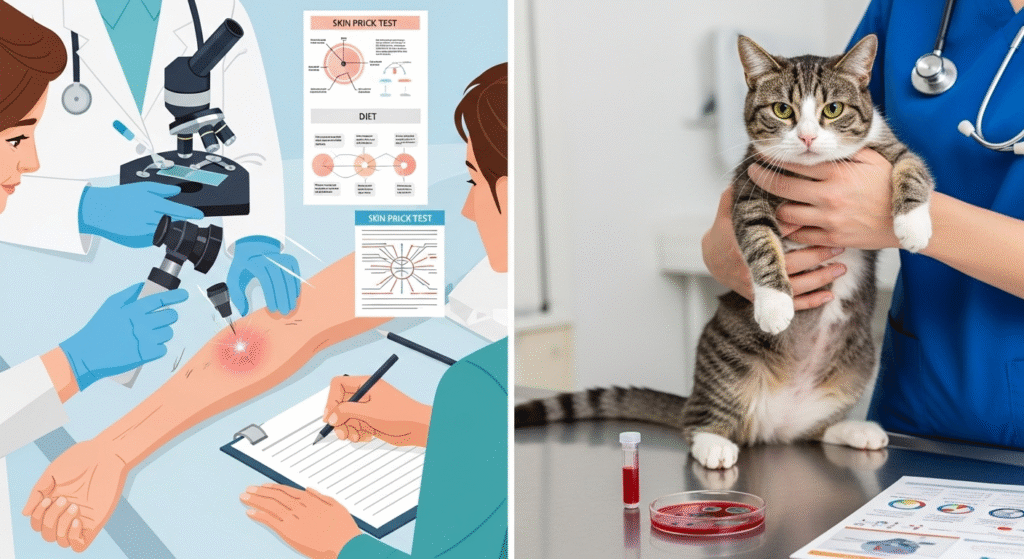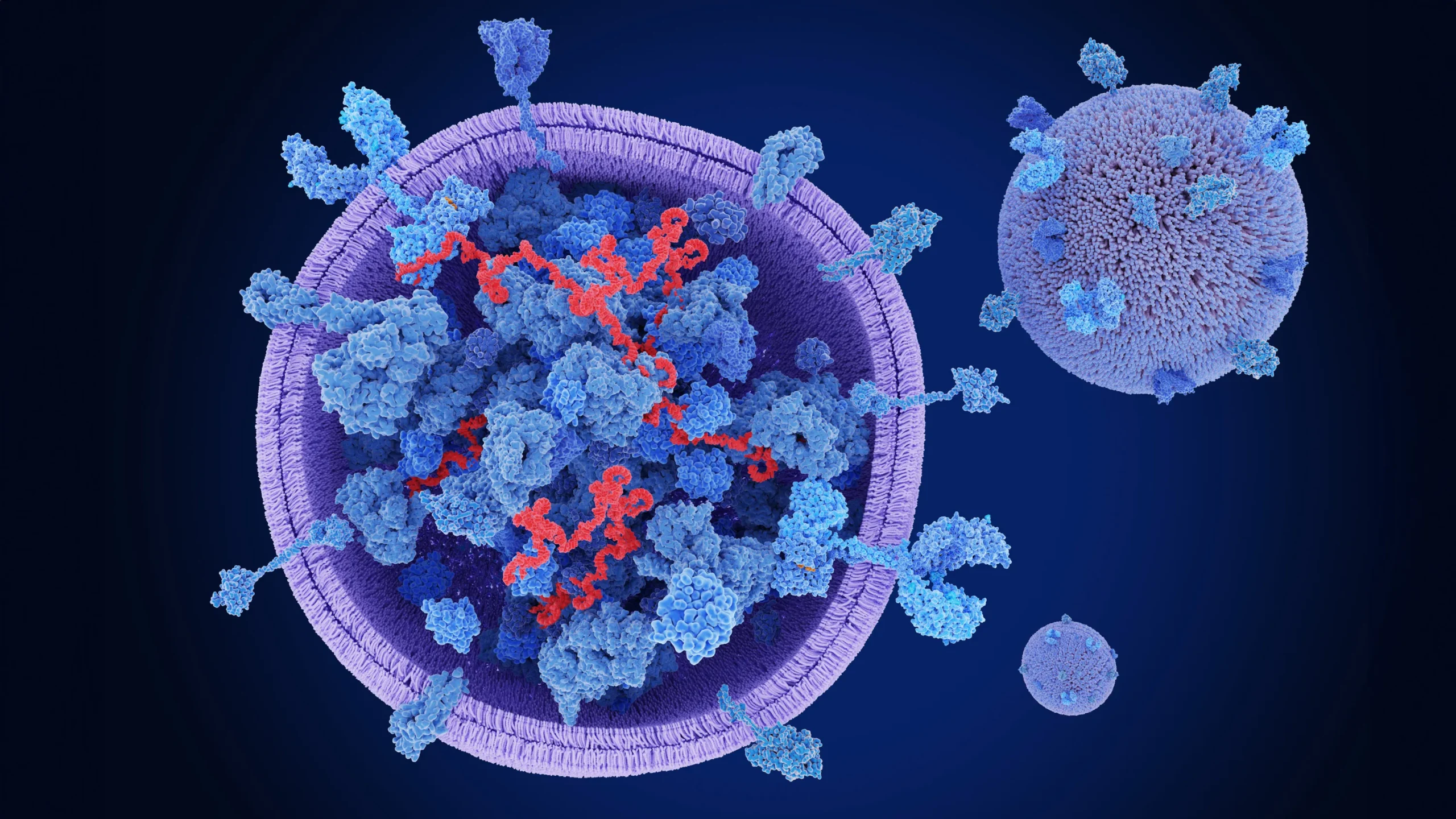Is your cat suddenly scratching, overgrooming, or showing bald patches? Or are you experiencing scalp irritation or hair loss after changing cat litter? Cat litter allergy hair loss is a lesser-known but real issue caused by skin and respiratory reactions to ingredients in cat litter. In this expert-backed guide, you’ll learn the signs, causes, treatments, …
Is your cat suddenly scratching, overgrooming, or showing bald patches? Or are you experiencing scalp irritation or hair loss after changing cat litter? Cat litter allergy hair loss is a lesser-known but real issue caused by skin and respiratory reactions to ingredients in cat litter.
In this expert-backed guide, you’ll learn the signs, causes, treatments, and how to prevent it—for both you and your feline. Improve comfort, protect health, and restore healthy hair by identifying and eliminating litter-related allergens.

What Is Cat Litter Allergy Hair Loss?
Cat litter allergy hair loss refers to the hair loss that occurs as a result of allergic reactions to substances found in cat litter. It can affect both humans and cats. The reaction may be triggered through inhalation, skin contact, or ingestion (in cats through grooming).
In both cases, the allergic response often manifests as contact dermatitis, inflammation, and eventually, hair loss or alopecia.
For cats, this typically appears in the form of bald spots from overgrooming. For humans, it may result in itchy scalp, rashes, and shedding hair—especially around the hands, forearms, or scalp if exposed repeatedly.
How Litter Allergens Trigger Hair Loss
Whether in humans or cats, the mechanism is similar: exposure to allergens in the litter triggers an immune response. This results in:
- Skin irritation or dermatitis
- Excessive itching or licking (cats)
- Scalp inflammation and flaking (humans)
- Secondary infections due to scratching or grooming
Over time, these responses damage hair follicles and cause thinning or patchy hair loss.
In cats, the constant licking and biting of irritated areas breaks hair shafts and may lead to infections, worsening the problem.
In humans, chronic exposure to allergens like dust, artificial fragrances, or certain clays may result in itching, flaking, and eventual hair shedding or follicle inflammation.
Common Litter Irritants to Watch For

Certain ingredients and additives in cat litter are more likely to cause allergies and irritation:
- Clay dust (bentonite) – Extremely fine and easily airborne
- Synthetic fragrances – Can cause respiratory or skin reactions
- Silica crystals – Can cause micro-abrasions or irritation
- Dyes or preservatives – Unnecessary chemicals linked to allergies
- Pine or cedar oils – Though natural, may trigger allergic responses in some
Pro Tip: Switch to unscented, low-dust, natural litters such as those made from recycled paper, corn, or walnut shells. Introduce changes gradually to avoid stressing your cat.
Recognizing Symptoms of Litter Allergy Hair Loss
In Humans:
- Itchy, dry, or red scalp after handling litter
- Rashes or redness on hands and forearms
- Hair thinning near hairline or patches
- Burning or tingling sensations after exposure
In Cats:
- Excessive licking, especially around belly, legs, or base of tail
- Bald patches or thinning fur
- Inflamed, red skin beneath fur
- Scratching the face, ears, or neck
- Avoiding the litter box altogether
Other Clues to Watch:
- Symptoms worsen after litter change
- Issues resolve when switching litter types
- Vet rules out parasites or infections
Diagnosis Process for Allergy-Related Hair Loss

For Cats:
- Veterinary exam to rule out fleas, mites, fungal infections
- Allergy testing, including skin scraping and blood tests
- Elimination trials with different types of litter
- Observation period after changing litter
For Humans:
- Dermatologist consultation to examine skin or scalp irritation
- Patch testing to identify allergens
- Review of environmental triggers, especially related to litter
- Suggested use of protective gloves when handling litter
Recovery Timeline:
- Initial improvement: 1–2 weeks after removing allergen
- Full hair regrowth: Typically 6–12 weeks, depending on severity
Contact Dermatitis in Humans and Cats
When allergens like dust, fragrances, or silica from litter come into contact with the skin, the immune system may overreact, causing redness, inflammation, and itching. In both people and cats, this can lead to hair shedding and even follicle damage over time.
Over-Grooming and Mechanical Trauma
Cats will instinctively lick or chew irritated areas, sometimes to the point of balding. Humans may scratch or rub irritated spots—repeatedly causing mechanical hair loss and potentially infection.
Treatment Plan & Alternative Litters
Step-by-Step Recovery Checklist:
- Stop using suspected litter immediately
- Switch to hypoallergenic, unscented litter
- Bathe cat with vet-approved soothing shampoo
- Use antihistamines or corticosteroids if prescribed
- For humans, wash affected area with mild cleanser
- Apply prescribed topical steroids or barrier creams
- Reintroduce new litter slowly and observe
Litter Type Comparison Table:
| Litter Type | Allergen Risk | Dust Level | Recommended? |
|---|---|---|---|
| Clay (bentonite) | High | High | ❌ |
| Silica crystals | Medium | Medium | ❌ |
| Recycled paper | Low | Low | ✅ |
| Corn or wheat-based | Low | Low | ✅ |
| Pine/Cedar | Medium | Low | ⚠️ (Caution) |
Medications and Adjunct Therapies:

- Anti-itch sprays (for cats)
- Antihistamines or corticosteroids (for both)
- Moisturizers or healing balms (humans)
- Probiotic or omega-3 supplements (cats)
Recovery Timeline for Hair Regrowth
- Week 1–2: Itching and irritation reduce
- Week 3–5: Visible reduction in bald patches (cats); scalp clears (humans)
- Week 6–10: Hair begins to regrow
- Week 12+: Full fur or hair regrowth in most cases
Preventing Future Allergic Reactions
- Use hypoallergenic cat litter consistently
- Wear gloves and mask while cleaning litter box
- Keep litter area well-ventilated
- Clean litter box frequently to avoid ammonia buildup
- Wash hands thoroughly after contact
- Keep cat’s paws clean if they step in scented litter
Identifying Common Irritants in Litter
Many litters include:
- Fragrances or dyes
- Dust particles (especially in clay or silica litters)
- Clumping agents like sodium bentonite
Switching to natural, unscented, low-dust alternatives—such as paper pellets, wood, or plant-based litters—can reduce allergen exposure safely.
Pro Tip: Introduce new litter gradually over several days to monitor reactions.
FAQs
Can cat litter cause hair loss in humans?
Yes, allergic contact dermatitis from litter ingredients like fragrances or dust can lead to scalp inflammation and hair shedding.
How long does it take for hair to grow back after stopping the allergen?
Hair regrowth typically begins 3–5 weeks after removing the irritant, with full regrowth in 2–3 months.
Is unscented litter enough to prevent allergies?
Unscented litters reduce the risk but aren’t foolproof. Look for low-dust, chemical-free formulas.
When should I take my cat to the vet?
If you notice bald spots, excessive licking, or behavioral changes—especially after switching litter—consult a vet immediately.
Can I use medicated shampoo for litter allergies?
Only use vet- or doctor-approved shampoos. For cats, never use human products.
Conclusion
Is your cat overgrooming or losing fur—or are you experiencing scalp irritation near the litter box? Don’t ignore the signs. Book a consultation with Dr. Uzma Irfan, an ISHRS-certified surgeon in Islamabad today, to diagnose the cause and begin your recovery from litter allergy hair loss with expert guidance and safe solutions.






